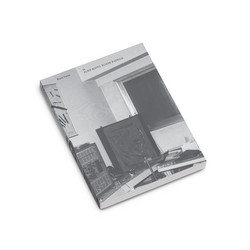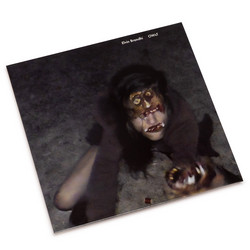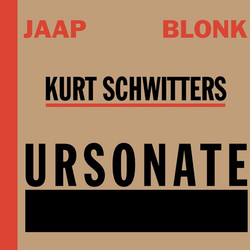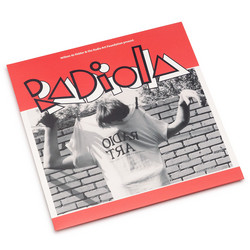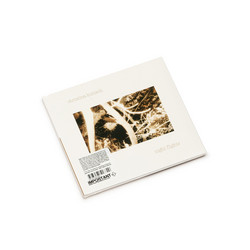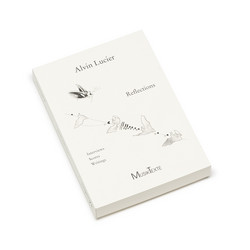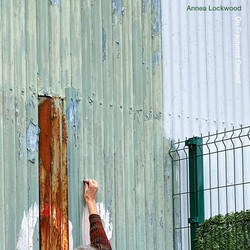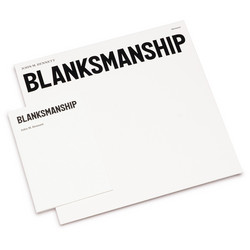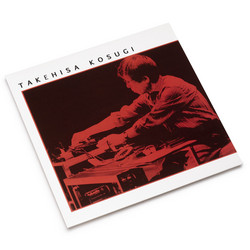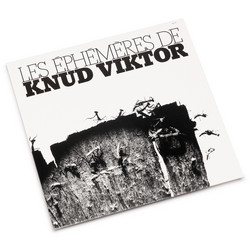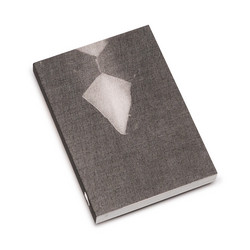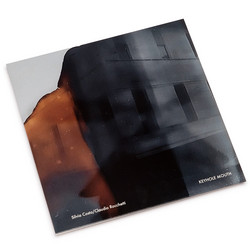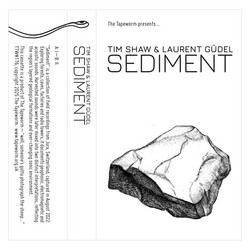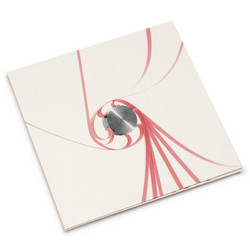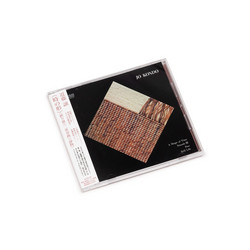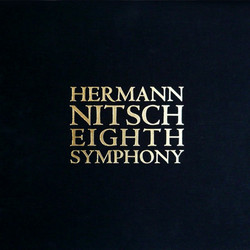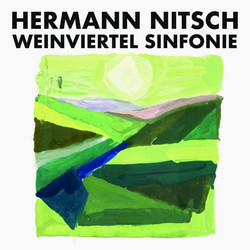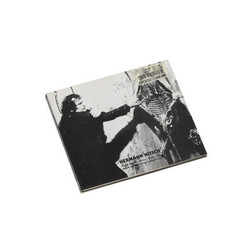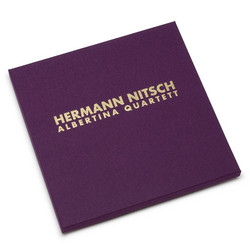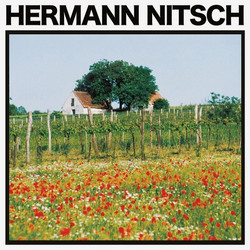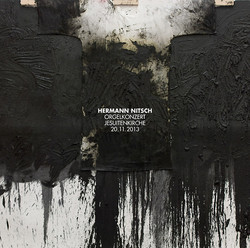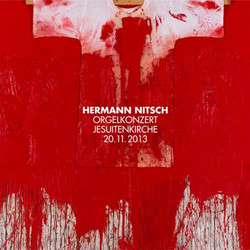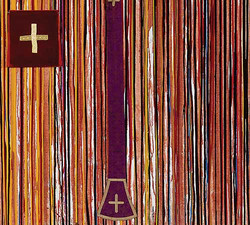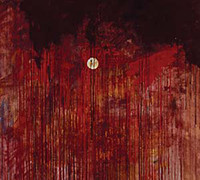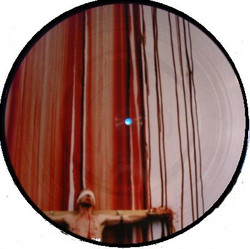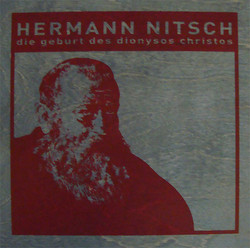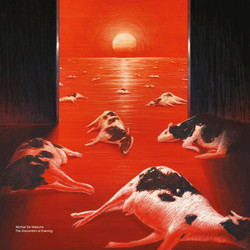Hermann Nitsch
Sinfonia Punta Campanella in 4 movimenti
Music plays a fundamental role in the life and work of Hermann Nitsch. It has always been one of the founding elements of his Orgien Misterien Theater (Theatre of Orgies and Mysteries). The initial use of music as purely functional to action was later replaced with a necessity for autonomous composition, in which music finds its own role, independent from the theatrical sphere. Nitsch's poetic is made up of strong contrasts where music represents the syntax of his theatre. Going through the scores it's possible to see how the sound image guides the flow of action. The roots of this music can be traced in the excess, the scream and the uproar. The most extreme excitation is connected to the most extreme manifestation of noise.
If at the beginning of his work the casual dimension was necessary in order to discover new forms, this later becomes an integral element of the complexity of the theatrical structure. The events within the O.M. Theater consist of an aesthetic of chance but are strongly structured, and their structure is guided by a musical weave.
The Punta Campanella Symphony is a clear example of an expression of the autonomous activity of Nitsch the composer. Here it is possible to see all the fundamental elements of his poetics. The aesthetic and Dionysian dimension are clearly announced by the continuous play of construction and destruction of musical forms. The highly dramatic dimension is rendered extreme by the extended crescendo and by a play of contrasts which go from chiarissimo to scurissimo.
Performed by Orchestra Xenarmonica del Conservatorio di Palermo including more than 40 musicians plus local folk bands, this Symphony in four movements was recorded during the World Premiere on September 22, 2004 at Punta Campanella, Naples, in front of the Capri Island at sunset.
This set comes in a luxury full colour digipack and slipcase, including a 28 pages booklet with photos from the event, scores as well as two essays titled "The O.M. Theater's Music" and "Punta Campanella Symphony". Privately issued by the art gallery that organised the performance in order to document the event.



